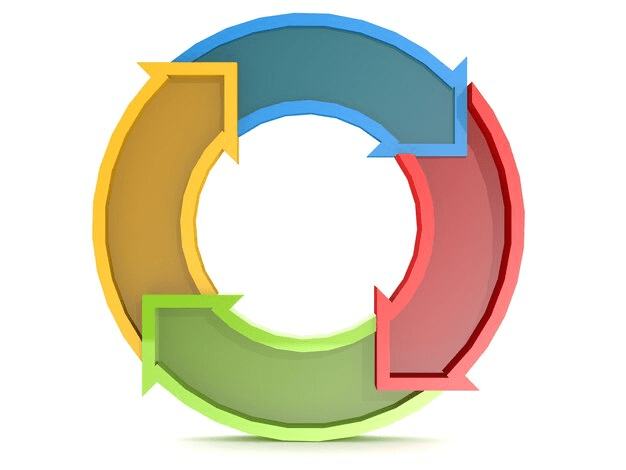by Jason Gardner (Ed.)
Understanding the Agile Project Life cycle: Benefits and Implementation
Modern businesses are continually evolving, and traditional project management techniques are becoming obsolete. Organizations need to remain flexible, resilient, and responsive to emerging market trends, and this requires a change in project management philosophy. The agile project life cycle is a methodology that can help companies attain their goals with greater speed, precision, and efficiency. In this blog post, we will look at what the agile project life cycle is, why it is essential, and how it can be implemented in your organization.
Agile project life cycle is a methodology that emphasizes flexibility, collaboration, and experimentation. An agile project typically involves a series of iterative and incremental development cycles, which enable teams to deliver working product regularly. The iterative approach allows for frequent feedback and continuous improvement, ensuring that the final product meets customer requirements. Unlike traditional project management methods, which are sequential and rigid, agile methodology emphasizes adaptability and customer satisfaction.
The agile project life cycle consists of four phases:
Planning: During this phase, teams define the project scope, identify stakeholders, and develop a prioritized product backlog. The product backlog consists of user stories or features that the product owner wants to include in the final product. Additionally, teams create a sprint backlog, which is a list of tasks to be completed within a sprint.
Execution: The execution phase comprises a series of sprints, typically lasting one to four weeks. Within each sprint, teams work on specific tasks from the sprint backlog. Each sprint encompasses planning, development, testing, and review stages. At the end of each sprint, a potentially shippable product increment is achieved, representing a functional feature of the final product.
Review: Once a sprint concludes, teams conduct a sprint review to showcase their work and gather feedback from stakeholders. This feedback is utilized to adjust the product backlog and the overall project plan.
Retrospective: The retrospective phase holds significant importance within the agile project lifecycle. Teams reflect on successful aspects and areas for improvement, continuously adapting and enhancing their processes.
So, what are the benefits of adopting an agile project life cycle?
Firstly, it enables companies to respond to changing market conditions quickly. An iterative approach allows for flexibility, ensuring that the project is always aligned with customer requirements. Secondly, it promotes collaboration among team members, ensuring that everyone is working towards the same goal. Thirdly, agile methodology encourages experimentation, which can lead to innovation, new ideas, and better ways of doing things.
How do you implement an agile project life cycle in your organization?
You need to establish a cross-functional team comprising developers (the people implementing the work) with all the skills required to deliver the project, on the team, a scrum master, and a product owner. The team should be self-organizing and empowered to make decisions. You also need to define the project scope and break down tasks into manageable chunks. Finally, you need to establish a backlog of user stories, prioritize them, and start working on the first sprint. It is also essential to conduct regular retrospectives for the team to evaluate their performance and improve processes.
Product Life Cycle vs. Project Life Cycle – what is the difference?
The product life cycle is the entire journey of a product, from conception to retirement. It includes product development, launch, growth, maturity, and decline. In contrast, the project life cycle focuses on the development phase only, from planning to execution to closure. The agile project lifecycle is ideally suited for product development, whereas the product lifecycle can apply to any product, including services.
Conclusion:
In summary, the agile project lifecycle is a methodology that can help organizations achieve their objectives faster, better, and more efficiently. Its iterative approach allows for regular feedback, collaboration, and experimentation, ensuring that the final product meets customer requirements. To implement it effectively, the organization should establish a cross-functional team, define the project scope, and create a prioritized backlog of user stories. Finally, retrospectives should be conducted after each sprint to evaluate team performance and improve processes. By embracing the agile project lifecycle, organizations can remain agile, flexible, and responsive in today’s dynamic business environment.







